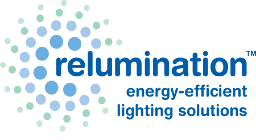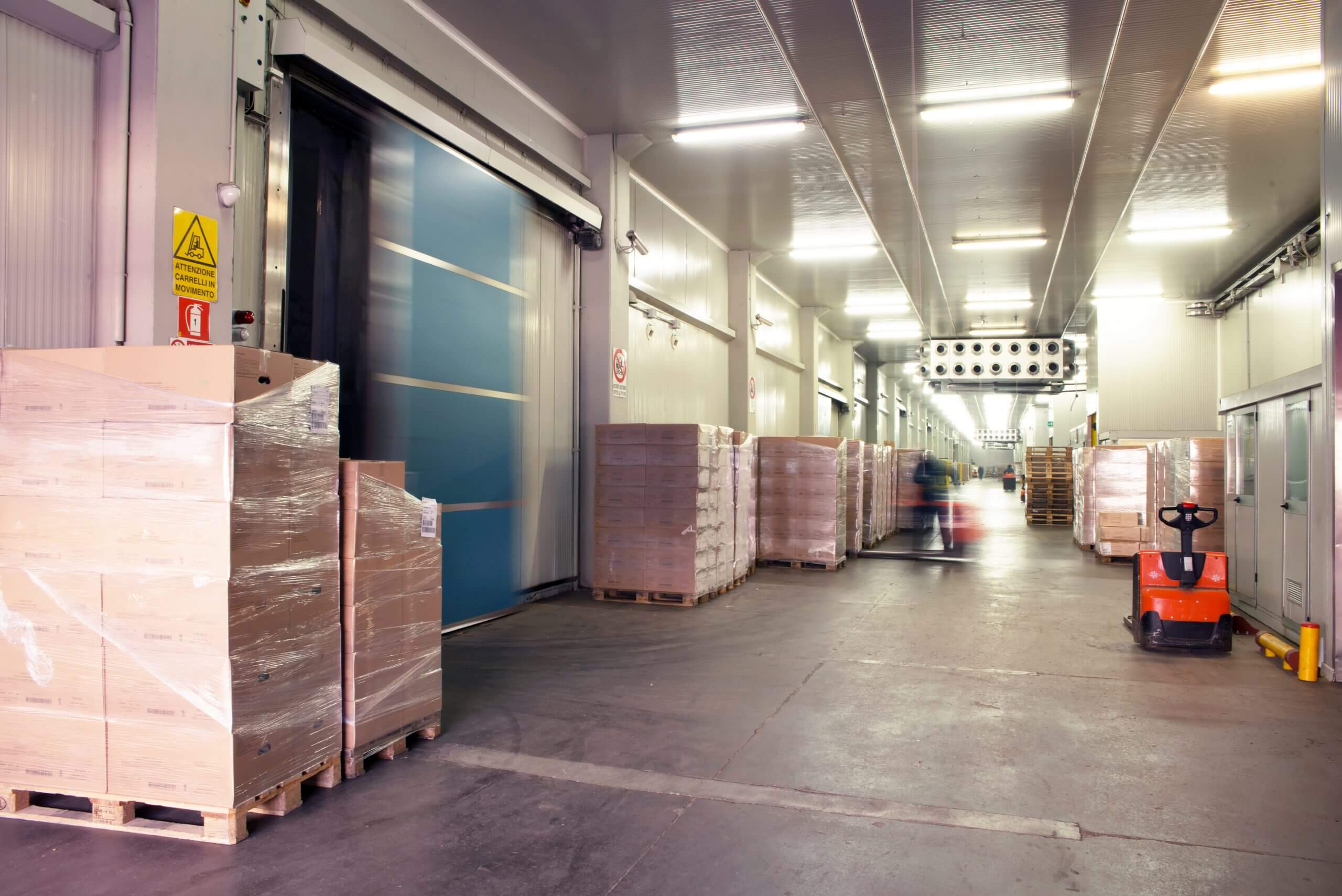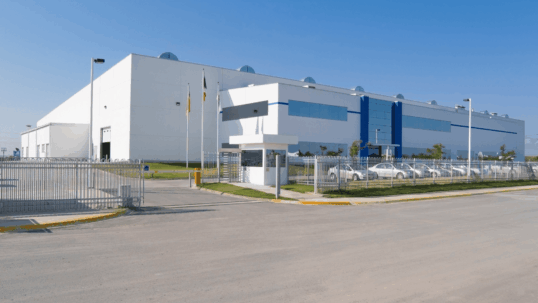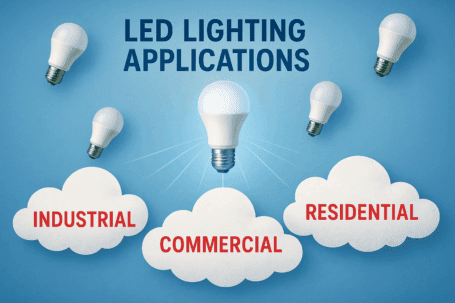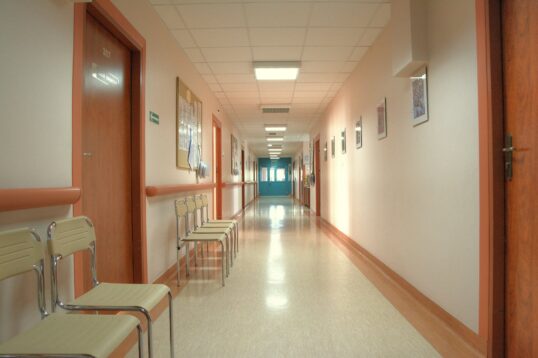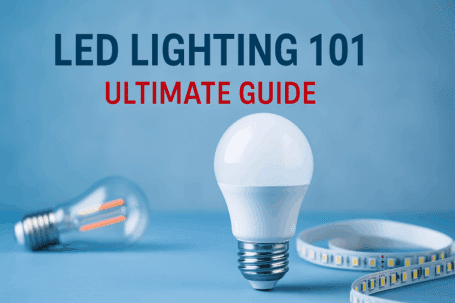Everyone is moving towards LEDs. They’re energy-efficient, brighter, and increasingly cheaper. However, if you need niche lighting, don’t just consider the general benefits. Here are three reasons why cold storage needs a lighting update.
1. Traditional lights waste space.
Many light bulbs emit heat. Even traditional bulbs, which are designed with cold storage in mind, emit too much heat for products near the ceiling to maintain the correct temperature. That means your storage is organized with a hefty buffer around the hot bulbs, and that’s bad for business. Every inch of warehousing space matters, especially if your warehouses are competing in the evolution of fast supply lines. You just don’t have room for traditional lights anymore.
2. LEDs perform better in cold conditions.
Traditional bulbs and cold temperatures don’t mix well. Fluorescent bulbs require more voltage to start up in low-temperature environments, such as your cold storage. They also don’t give off as much light. While the bulbs themselves might fall within OSHA guidelines, the reality is that the cold storage may be too dim. Even if your cold storage is organized to allow for heat output, the main problem with cold light bulbs is that traditional bulbs aren’t good enough.
LEDs, on the other hand, prefer low temperatures to high ones. They even work more efficiently below freezing than they do at summery temperatures, and that’s on top of LEDs’ general efficiency.
3. It’s easier to make LEDs smarter.
Traditional bulbs often burn out, especially in adverse conditions. However, you and your site manager may not always be aware when this happens. If the bulb for a sensor goes out, you won’t know without a manual inspection. If the overhead lights go out, someone has to stop what they’re doing and replace them. However, LEDs can be integrated into an internal Internet of Things system. Not only will you get an alert when the LEDs go out, but you can also get an early warning when the bulbs start to dim.
Contact us to start retrofitting your system and getting the best benefits of LEDs.
